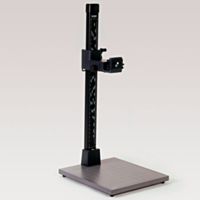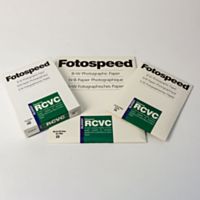THE INTIMATE LANDSCAPE 3 : WHICH LENS SHOULD I USE?
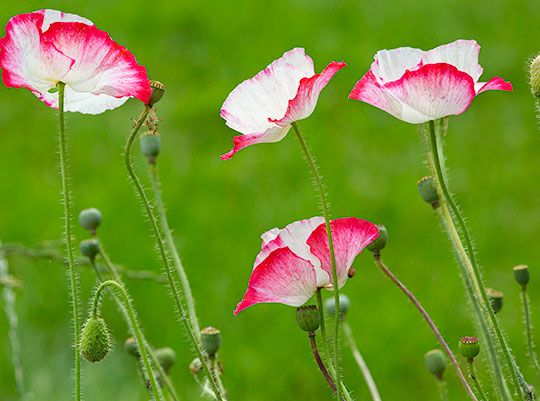


The Intimate Landscape 3: Which lens should I use?
One of the most important considerations when photographing is deciding which focal length to use. In the old days it wasn’t unusual to wander round with a bag full of prime lenses, however with a new breed of lenses designed specifically for mirrorless cameras it is now possible to venture out with just two, or possibly just a single zoom lens. In the last few years the weight of my camera bag has reduced quite considerably. Nevertheless, the question still remains with respect to what is the most suitable focal length in any given situation.


Resolven
We all have a personal favourite, and in recent years I have become addicted to my 100-400 mm lens; it does perhaps most accurately replicate how I view a landscape. As an example, this waterfall near Resolven in South Wales is one of the most beautiful locations anywhere within the UK. Whilst I was impressed by its dramatic drop and the surrounding amphitheatre, it was the visual drama of the water cascading onto the wonderfully weathered rocks at the bottom of this waterfall that really captured my imagination. Seen in isolation everything else appears superfluous. In order to truly capture the essence of an intimate landscape, it is so important to be selective. Using my 100-400 zoom I opted for a focal length of 281 mm, which is comfortably within the range of this lens.
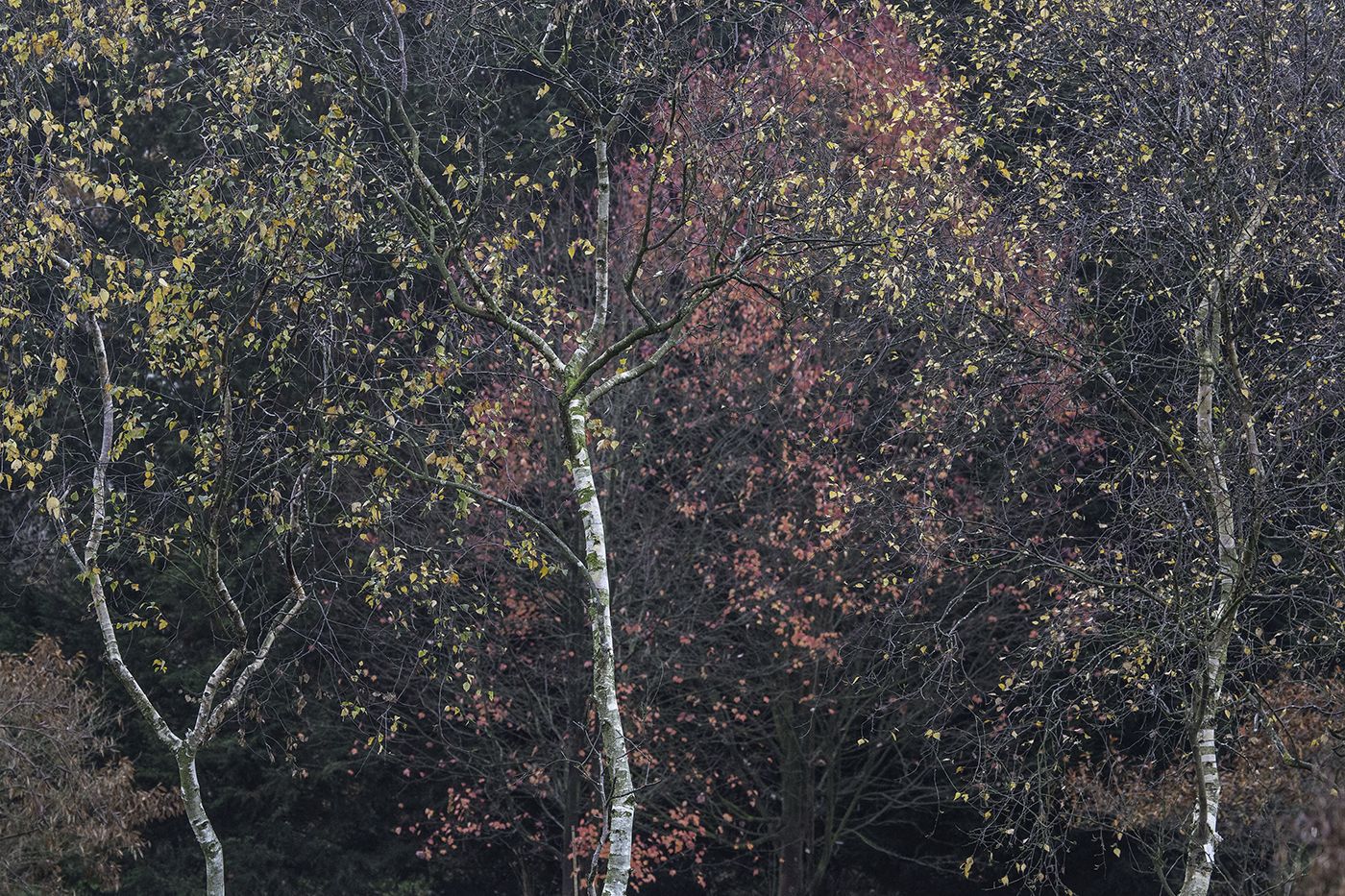

Trees in Autumn.
When we indulge this tradition of “the Intimate Landscape” what we are trying to achieve are images that are unique to us. Whilst this woodland would no doubt have been visited by other photographers, particularly during autumn, it would be highly unlikely that any of them would have been drawn to this particular set of trees. So, what were my thought processes? The beautiful colours initially caught my eye, but is that sufficient? As I looked more closely I became aware of the animated character of the three saplings which almost looked theatrical. Slender in appearance, it was easy to imagine that each of them had limbs which were waving in the wind. In terms of the focal length I was using a 70-210 zoom and opted for the maximum magnification.


Wild poppies in a wildflower verge
Another way of pursuing this notion of “the intimate landscape” is to look for detail. As I suggested in my first blog, it is so easy when in a landscape situation to keep your eye fixed on the horizon, thus totally ignoring the numerous opportunities down at your feet. I regularly do workshops on this theme and the first task I give my attendees is to identify a worthy subject within 50 yards of where we have parked our vehicles. Once they get started, it can sometimes prove quite difficult just to move them. A resource which is easily overlooked are the countless wildflower meadows or verges that many local authorities are creating alongside the roads and highways. From a photographic standpoint most zoom lenses will have a macro setting, which is ideal for situations such as this. As focusing is the single most important consideration when working in macro, be aware of how challenging this can be in windy conditions.


ILLUSTRATION Rye Grass
Surely one of the major challenges when taking photographs is to identify a subject that is so remarkably overlooked, that those around you must be questioning your sanity. But once you start to view detail when using the macro setting on your camera, you begin to enter an entirely new world. As I was walking along the path I could see that the heads of these innocuous plants revealed a certain beauty, but it is only when I got down and examined them more closely was I truly able to appreciate the structure of rye-grass. Clearly when you are getting this close you need to be mindful of the most appropriate aperture setting; in this example I opted for f10 to ensure that whilst the grass remains largely in focus the background was fully out-of-focus. Once again wind is the main challenge; even a slight breeze can throw your subject hopelessly out-of focus.
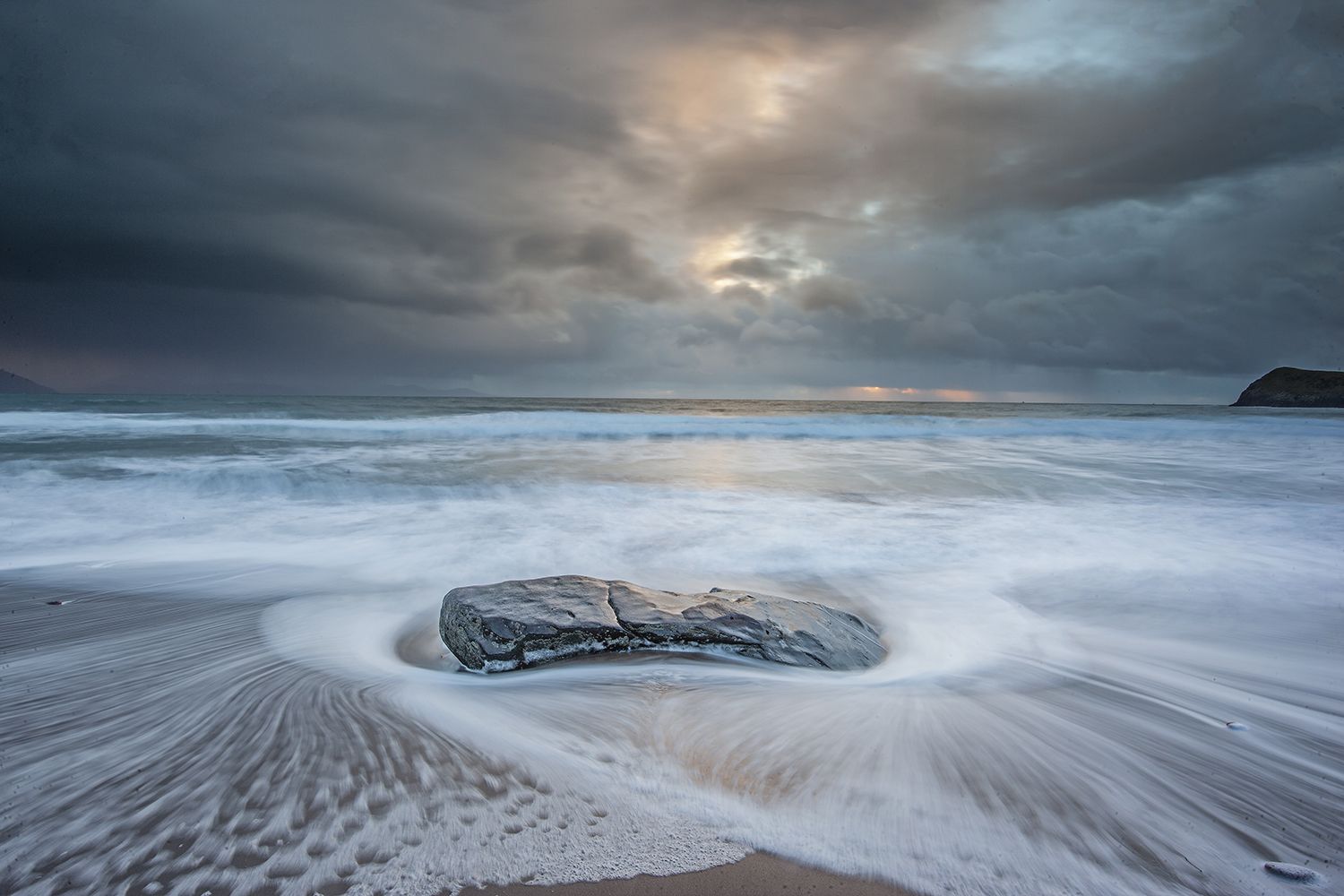

Single Rock
Having read my previous two blogs, I’m sure many of you will have come to the conclusion that there is no role for a wide-angle lens when pursuing “the intimate landscape”, but in common with all other lenses, it has its virtues. This image was taken as I was conducting a workshop in The Dingle on the western coast of Ireland; we invited the attendees to “adopt” a single rock along a stretch of beach just to see what can be achieved with relatively minimal elements. In this example using my 17-40mm zoom I opted for a focal length 22mm. What particularly fascinated me were the wonderful lace-like patterns created on either side of the rock as the water receded. In order to capture this effect I needed to use a 2 second shutter speed. From a compositional standpoint, the rock is situated centrally in order to maximise the effects of the receding flow.
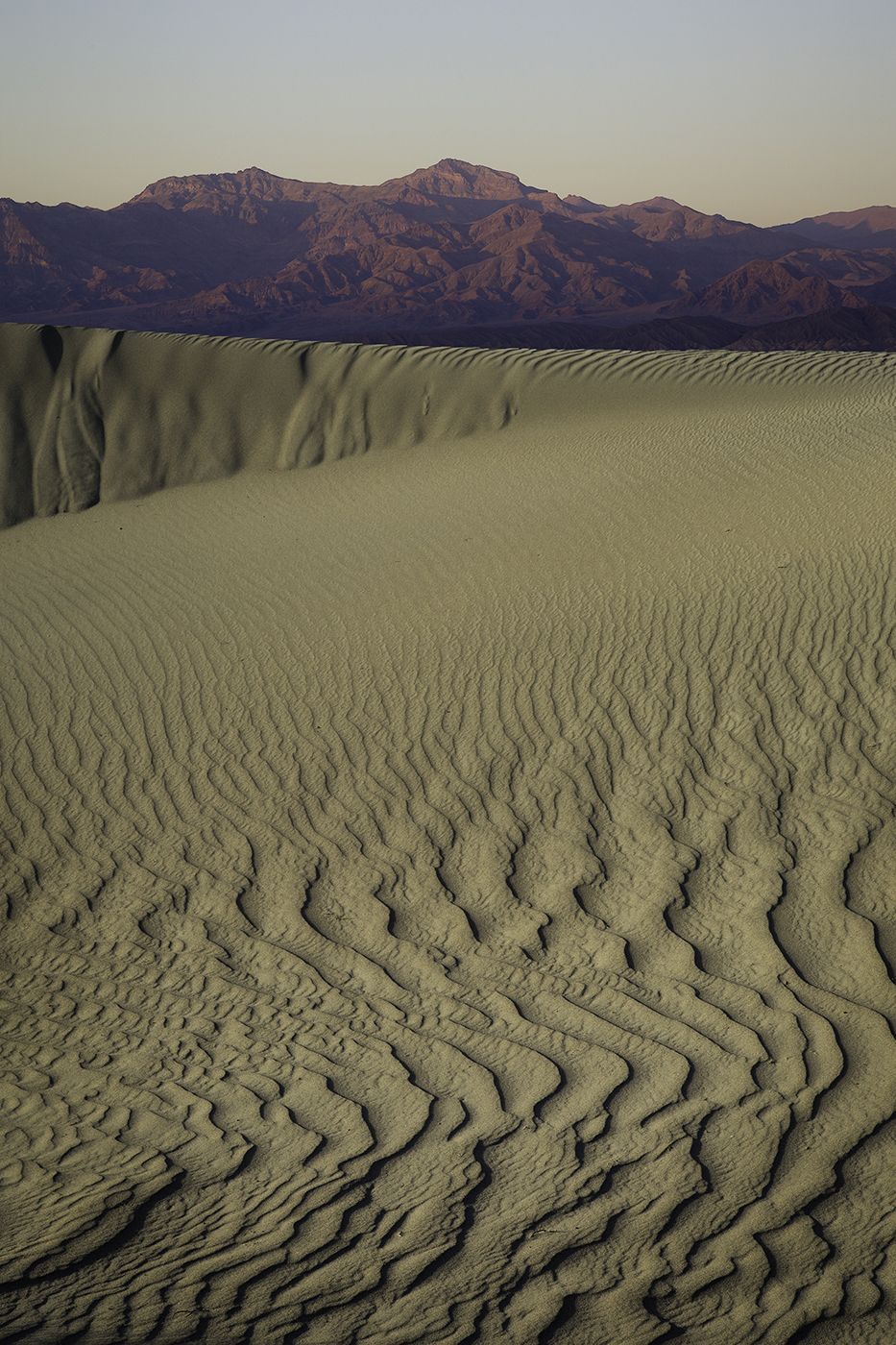

Sand-dune
In order to take this shot I used my prime 24mm lens with an aperture of f16 so that both the sand in the foreground and the distant mountains retained sharpness. I can well imagine that some might question whether this image can truly be considered an “intimate landscape”. It was taken as I was returning to my vehicle after shooting the beautiful Death Valley dunes, but rather than capture the seemingly endless range of dunes I was particularly fascinated by the rhythmic design evident on this single dune. Whilst it is easy to assume that the intimate landscape can only be captured when using a long lens, clearly there is scope for using a wide-angle lens as well.
Finally, after capturing what I hope will be some wonderfully personal “intimate landscapes”, somehow one’s photographic journey isn’t complete until we have a print. Just recently I have had the pleasure of trying Fotospeed’s latest edition to their Signature Range, namely Platinum Etching Cotton 310; to say I was impressed is something of an understatement. In the past I have generally opted for a smooth matt paper (it’s no secret that I have long been a fan of Platinum Matt 280), but this paper takes printing to a new level. The sharpness this paper delivers is astonishing, as indeed is its impressively accurate colour rendition. If you are a monochrome enthusiast, you will be equally impressed by the fabulous tonal range; this paper boasts a wonderful D Max which is complimented by its capacity to render the most subtle mid-tone details.



